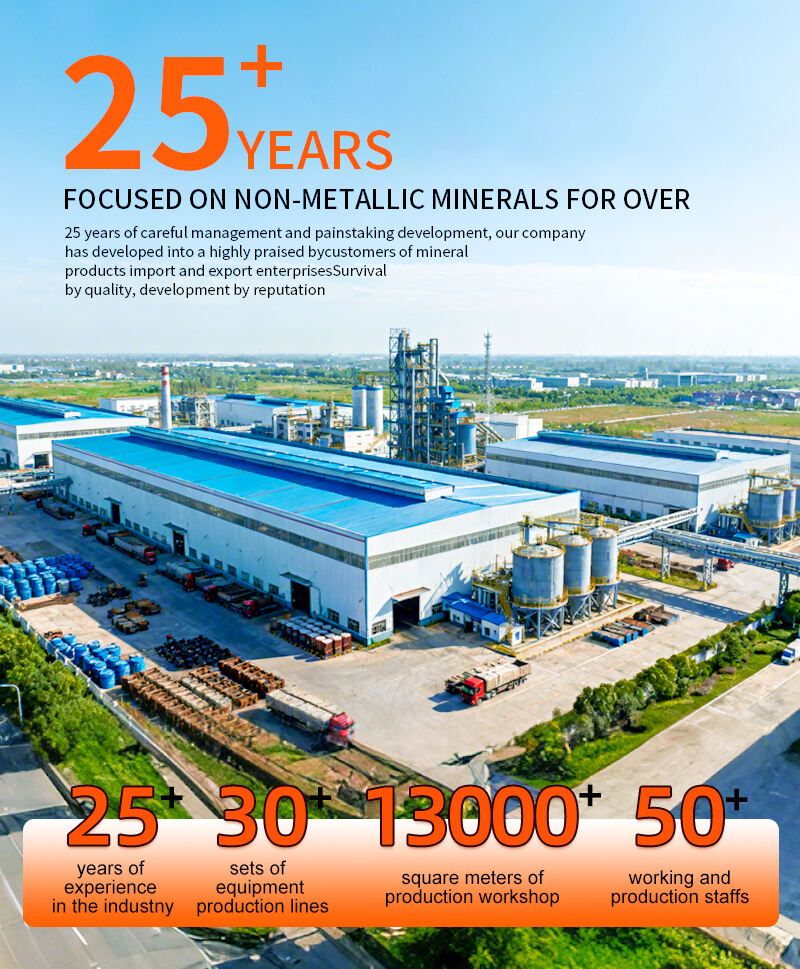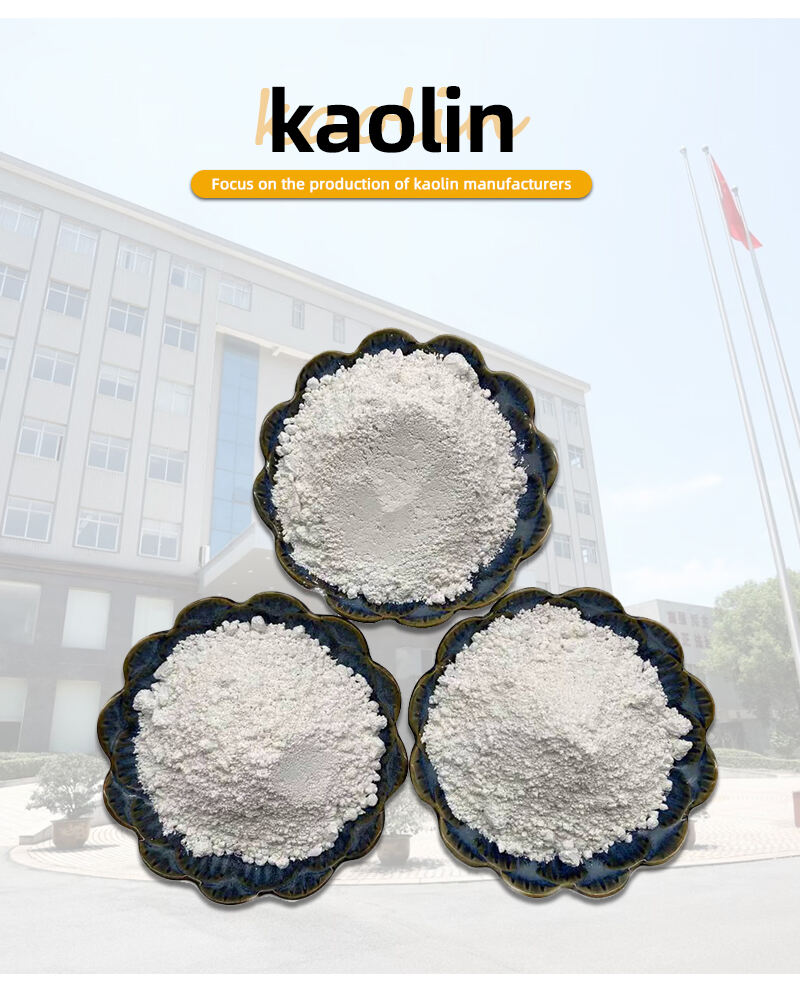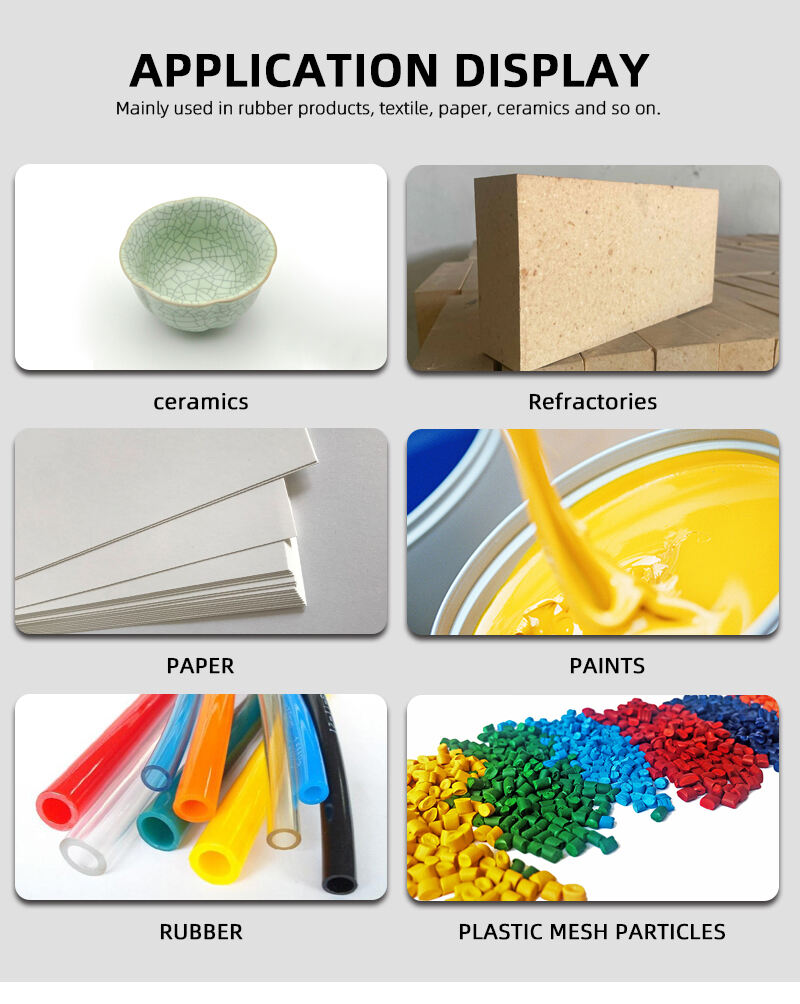Extensive Applications of Kaolin Powder
In the Ceramic Industry
Kaolin powder is a fundamental and irreplaceable raw material in the ceramic industry. It has been used for centuries to create a wide range of ceramic products, from delicate porcelain tableware to intricate art pieces and durable building ceramics. One of the most significant contributions of kaolin powder to ceramic manufacturing is its role in enhancing the sintering strength and stability of ceramics. During the sintering process, which involves heating the ceramic 坯体 (the unfired ceramic object) to a high temperature, kaolin undergoes a series of physical and chemical changes. The aluminum - silicate components in kaolin react with other substances in the ceramic mixture, forming new crystalline phases such as mullite. Mullite is a key component that provides the ceramic with increased mechanical strength and thermal stability, making the final ceramic product more resistant to cracking, deformation, and wear.
Moreover, kaolin powder significantly improves the formability of ceramic 坯体. Its natural plasticity allows ceramic artisans and manufacturers to shape the clay into various complex forms easily. Whether it is the fine - detailed carving on a porcelain vase or the precise molding of a ceramic tile, the plasticity of kaolin ensures that the 坯体 can maintain its shape during the shaping process and after drying. Additionally, kaolin has a positive impact on the whiteness of ceramics. In high - quality porcelain production, a high - whiteness kaolin is often used as the main raw material. The white color of kaolin imparts a pure and elegant appearance to the ceramic, and it also serves as a good base for glazing and coloring, allowing for the creation of vibrant and beautiful ceramic products.
In the Paper Industry
In the paper industry, kaolin powder plays a dual - role as both a filler and a coating material, contributing significantly to the quality improvement of paper products. As a filler, kaolin powder is added to the paper pulp during the papermaking process. The fine - grained kaolin particles fill the voids between the cellulose fibers in the pulp. This not only increases the density of the paper but also improves its smoothness. A smoother paper surface is beneficial for printing, as it allows for better ink adhesion and transfer, resulting in sharper and more vivid printed images.
When used as a coating, kaolin powder is applied to the surface of the paper after it has been formed. The coating layer made of kaolin enhances the paper's glossiness, making it more visually appealing, especially in high - end magazines, brochures, and photo - printing papers. Additionally, kaolin coating improves the paper's opacity. Opacity is crucial in paper as it prevents the ink or text on one side of the paper from showing through to the other side. This is particularly important for multi - page documents and printed materials where clear readability is essential. Moreover, the kaolin coating also improves the paper's ink receptivity. It can absorb and hold the ink more effectively, reducing ink bleeding and smudging, and thus improving the overall print quality.
In the Rubber Industry
Kaolin powder has found widespread use as a filler in the rubber industry, bringing about a series of improvements to rubber products. When kaolin powder is incorporated into the rubber matrix, it enhances the chemical stability of the rubber. Rubber is often exposed to various environmental factors such as heat, light, and chemicals during its service life. The addition of kaolin can slow down the degradation of rubber caused by these factors, thereby extending the lifespan of rubber products. For example, in outdoor rubber applications like garden hoses and outdoor rubber mats, the chemical - stabilizing effect of kaolin helps to prevent the rubber from cracking and deteriorating due to long - term exposure to sunlight and weather conditions.
Kaolin powder also significantly improves the wear resistance of rubber. The fine particles of kaolin act as a reinforcement within the rubber structure. When the rubber is subjected to friction, the kaolin particles distribute the stress, reducing the chance of surface abrasion and wear. This is highly beneficial for rubber products such as tires, conveyor belts, and shoe soles, which are constantly in contact with other surfaces and require high wear resistance. In addition, the mechanical strength of rubber is enhanced by the addition of kaolin. The kaolin - rubber composite has higher tensile strength and tear resistance, making it more suitable for applications that demand strong and durable rubber materials.
Furthermore, from an economic perspective, kaolin powder serves as a cost - effective filler. Rubber is a relatively expensive raw material, and by adding kaolin, manufacturers can reduce the amount of rubber used in a product without sacrificing too much of its performance. This allows for the production of rubber products at a lower cost, making them more competitive in the market.
 ×
×






